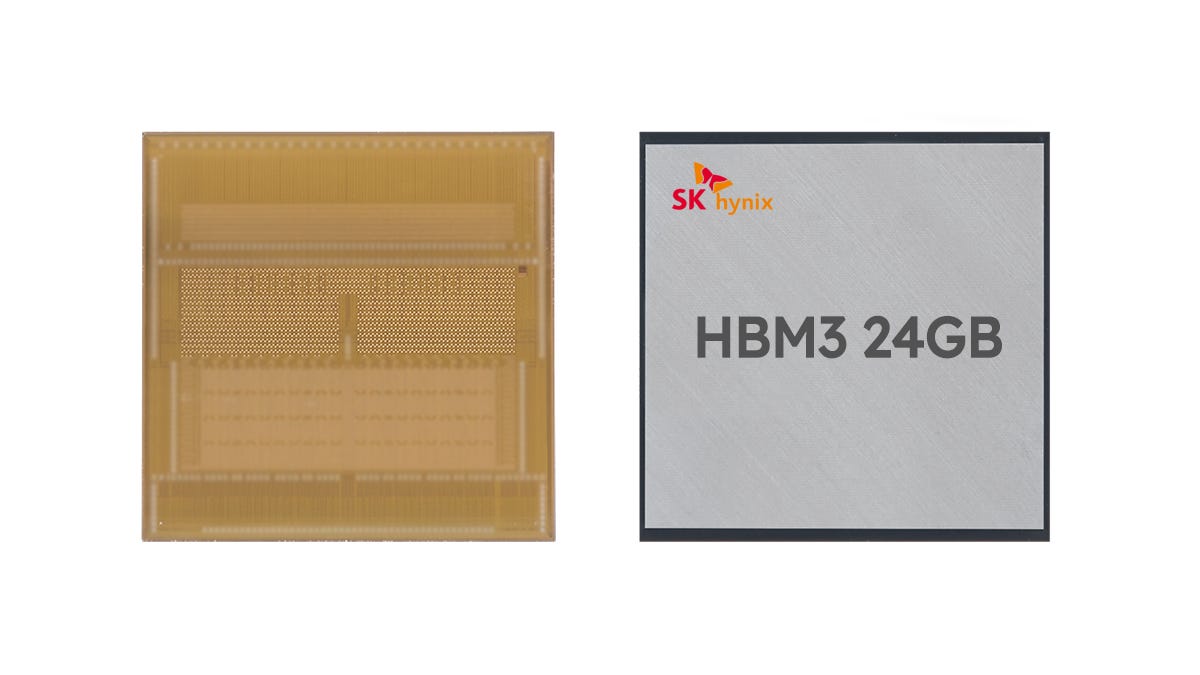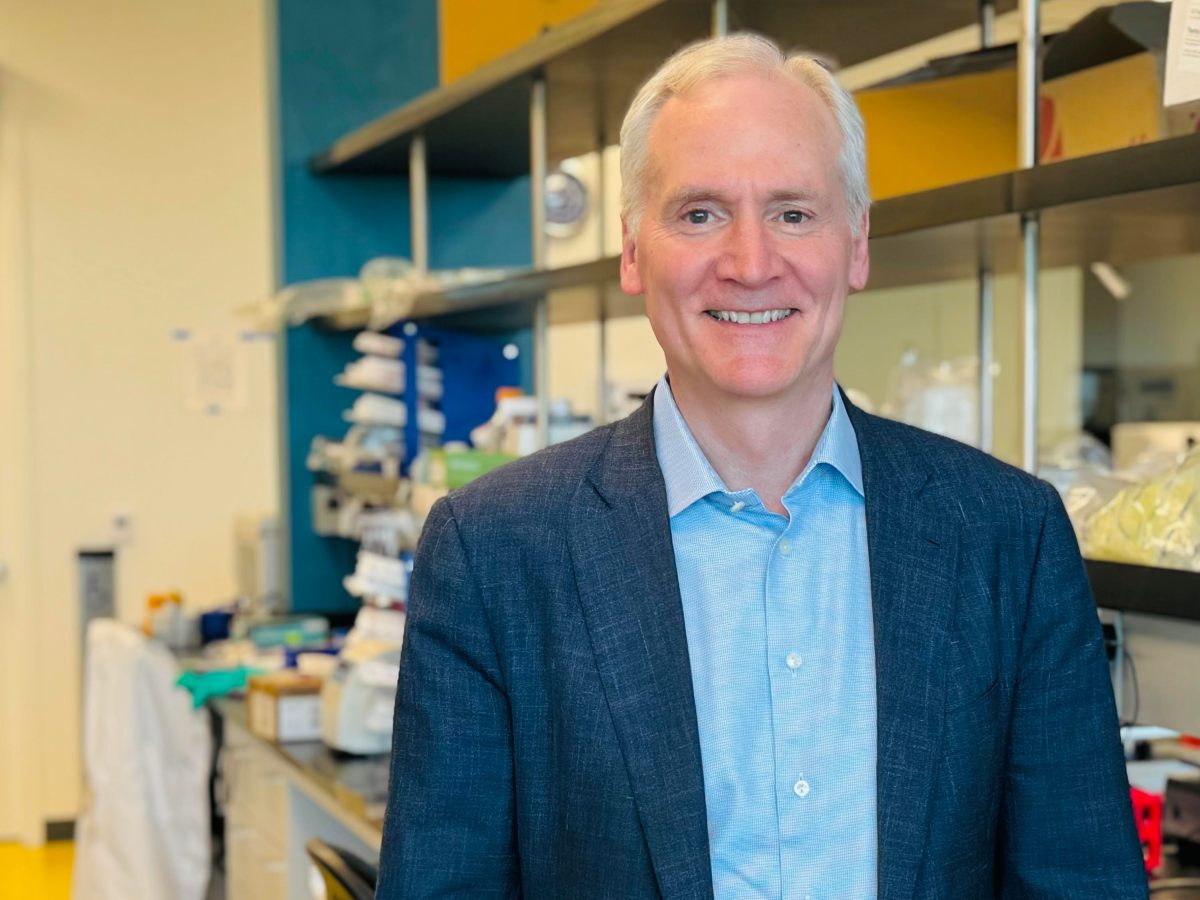Meta’s Twitter/X rival Threads is growing at a stable pace. The social network now has more than 150 million monthly
LATEST NEWS
TECHNOLOGY

Mark Zuckerberg says Threads has 150 million monthly active users
Meta’s Twitter/X rival Threads is growing at a stable pace. The social network now has more than 150 million monthly

SK Hynix’s profit jump shows AI demand is going strong
SK Hynix first began supplying Nvidia with HBM chips in 2022. Image: SK Hynix South Korean memory maker SK Hynix

Xaira, an AI drug discovery startup, launches with a massive $1B, says it’s ‘ready’ to start developing drugs
Advances in generative AI have taken the tech world by storm. Biotech investors are making a big bet that similar

Do employers want AI skills or AI-enhanced skills? That could depend on you
jeffbergen/Getty Images The AI age is creating some interesting new job roles for technology-focused individuals, but don’t throw out those

Rabbit’s R1 is a little AI gadget that grows on you
If there’s one overarching takeaway from last night’s Rabbit R1 launch event, it’s this: Hardware can be fun again. After
World

China ‘gravely concerned’ over EU raids on security equipment company | Economy
Diplomatic mission condemns raids on Dutch and Polish offices of Chinese company Nuctech. China has expressed “grave concern” over raids













